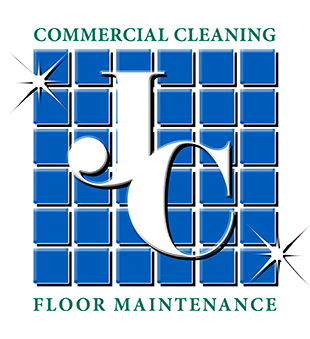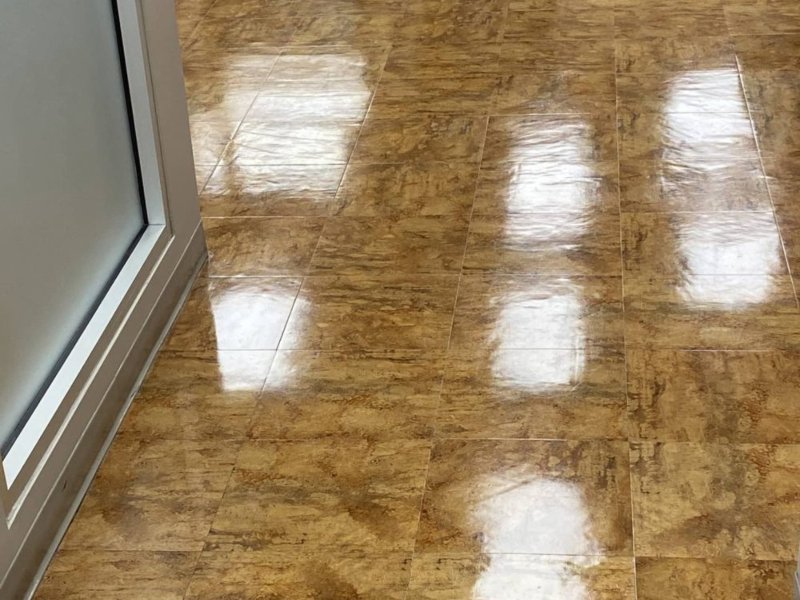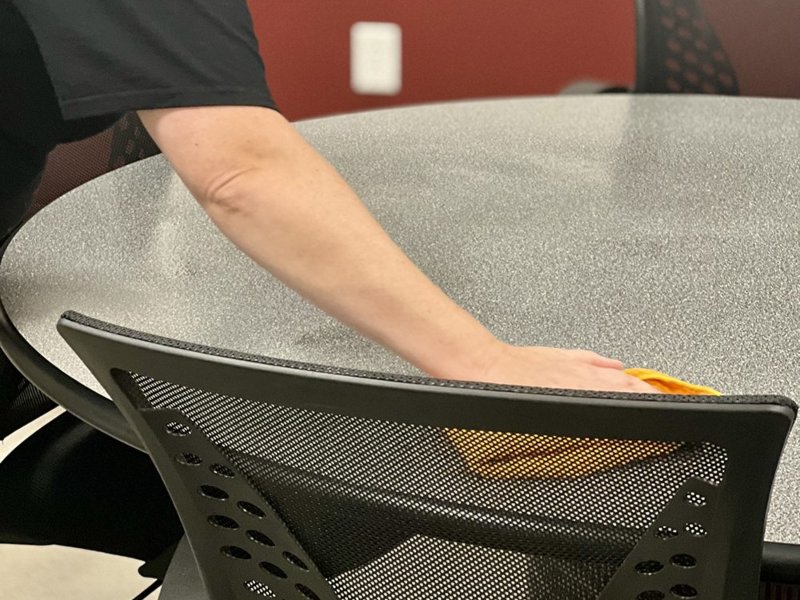Disinfection is a critical aspect of public health, healthcare, and numerous other industries. It plays a pivotal role in preventing the spread of infectious diseases, maintaining cleanliness, and ensuring the safety of environments. To effectively combat pathogens, it’s essential to understand the science of disinfection, including the types of disinfectants available, their modes of action, and factors affecting their efficacy.
Introduction
Disinfection is the process of eliminating or reducing the presence of harmful microorganisms such as bacteria, viruses, and fungi on surfaces or in fluids. Its importance has been underscored by the recent global pandemic, which has highlighted the critical role of disinfection in safeguarding public health. Effective disinfection is not merely a matter of spraying a surface or a substance with a random chemical; it is a science that involves a complex interplay of factors.
Types of Disinfectants
Disinfectants come in various forms, each with its unique properties and mechanisms of action. Understanding these types is crucial for selecting the appropriate disinfectant for a specific application. Common types of disinfectants include:
Chemical Disinfectants
Chemical disinfectants are the most widely used. They can be further categorized into several subtypes:
– Alcohols: Ethanol and isopropanol are commonly used for surface disinfection. They denature proteins and disrupt the lipid membrane of microorganisms.
– Quaternary Ammonium Compounds (Quats): These are frequently used for cleaning and disinfecting surfaces, particularly in healthcare settings. Quats disrupt cell membranes and interfere with the metabolism of microorganisms.
– Hypochlorites: Sodium hypochlorite (bleach) is a well-known example. It disrupts enzymes and damages genetic material in microorganisms.
– Peroxygens: Hydrogen peroxide and peracetic acid are examples of peroxygens. They break down into highly reactive oxygen species, which damage cell structures and genetic material.
– Aldehydes: Glutaraldehyde and formaldehyde are used as high-level disinfectants and sterilants in healthcare. They react with proteins and nucleic acids.
Physical Disinfectants
Physical disinfection methods do not rely on chemicals but instead use physical processes to eliminate microorganisms. Common physical disinfection methods include:
– Heat: Autoclaving, pasteurization, and dry heat sterilization are forms of heat-based disinfection. They denature proteins and disrupt cell membranes.
– Radiation: UV-C light and ionizing radiation (gamma or X-rays) are used for disinfection and sterilization. They damage the genetic material of microorganisms.
Biological Disinfectants
Biological disinfectants, like bacteriophages, use living organisms to target and eliminate specific bacteria. These are less commonly used and are often reserved for specialized applications.
Natural Disinfectants
Natural substances like vinegar, tea tree oil, and citric acid can also exhibit some disinfectant properties. While they may not be as potent as chemical disinfectants, they can be effective for certain purposes and are preferred by those seeking environmentally friendly alternatives.
Modes of Action
The efficacy of disinfectants depends on their specific modes of action, which determine how they target and disrupt microorganisms. Understanding these modes of action is essential for selecting the right disinfectant for a particular application:
Denaturation of Proteins
Many disinfectants, such as alcohols, aldehydes, and heat, work by denaturing proteins. Proteins are vital for the structure and function of microorganisms, and denaturation involves the disruption of protein conformation, rendering them non-functional.
Disruption of Cell Membranes
Chemical disinfectants like alcohols, quats, and hypochlorites disrupt the integrity of cell membranes. This causes the leakage of cellular contents and ultimately leads to the death of the microorganism.
Damage to Genetic Material
Disinfectants like UV-C light and ionizing radiation cause damage to the genetic material (DNA or RNA) of microorganisms. This damage can be lethal or can prevent the microorganism from reproducing.
Oxidation
Peroxygen disinfectants, such as hydrogen peroxide, work by creating highly reactive oxygen species. These oxygen species damage cell structures and genetic material through oxidation reactions.
Inhibition of Metabolism
Some disinfectants interfere with the metabolic processes of microorganisms. For example, quats can inhibit energy production in microorganisms.
Factors Affecting Disinfectant Efficacy
Several factors influence the efficacy of disinfectants. Understanding and managing these factors is crucial for ensuring that the chosen disinfection method is effective. These factors include:
Concentration
The concentration of the disinfectant plays a significant role in its effectiveness. Generally, higher concentrations are more effective, but they may also be more corrosive or toxic.
Contact Time
The duration for which a disinfectant is in contact with the microorganisms is important. A longer contact time allows for better penetration and greater microbial kill.
Temperature
Temperature can influence the efficacy of certain disinfection methods. For instance, heat-based disinfection methods are more effective at higher temperatures.
pH
The pH of the environment can affect the activity of certain disinfectants. For example, hypochlorites are more effective at lower pH levels.
Organic Material
The presence of organic material, such as blood, mucus, or feces, can interfere with the action of disinfectants. Cleaning surfaces before disinfection is often necessary.
Microbial Load
The initial number of microorganisms on a surface or in a fluid can affect the effectiveness of disinfection. Higher microbial loads may require more time or a stronger disinfectant.
Resistance of Microorganisms
Some microorganisms are naturally more resistant to disinfectants than others. Understanding the specific vulnerabilities of the target microorganisms is crucial.
Selecting the Right Disinfectant
Choosing the right disinfectant for a particular application requires considering the specific circumstances, including the type of microorganisms to be eliminated and the characteristics of the environment. Some key considerations when selecting a disinfectant include:
Target Microorganisms
Different disinfectants have varying spectra of activity. Some are broad-spectrum and can eliminate a wide range of microorganisms, while others are specific to certain types. For example, hydrogen peroxide is effective against a broad range of microorganisms, while quats are more specific to bacteria.
Surface or Environment
The type of surface or environment to be disinfected is important. Some disinfectants may damage certain materials, so compatibility is a crucial factor. For example, chlorine-based disinfectants can corrode metals.
Regulatory Requirements
In some settings, such as healthcare facilities, there may be regulatory requirements for the use of specific disinfectants or disinfection methods. Compliance with these regulations is essential.
Environmental Impact
The environmental impact of a disinfectant is increasingly important. Some disinfectants are more environmentally friendly than others. Choosing environmentally friendly options, when suitable, can be a responsible choice.
Resistant Microorganisms
In situations where antimicrobial resistance is a concern, selecting a disinfectant that is effective against resistant strains is crucial.
Challenges in Disinfection
While the science of disinfection has made significant progress, several challenges persist:
Antimicrobial Resistance
The overuse or misuse of disinfectants can contribute to the development of antimicrobial resistance in microorganisms. This is a growing concern in healthcare and other industries.
Emerging Pathogens
New pathogens, such as the ones that cause emerging infectious diseases, may have unique properties that make them more resistant to conventional disinfection methods.
Inadequate Disinfection Practices
In some cases, inadequate cleaning and disinfection practices can result in the persistence of harmful microorganisms.
Toxicity and Environmental Impact
Many chemical disinfectants can be toxic to humans and the environment. Striking a balance between effectiveness and safety is a challenge.
Regulatory Compliance
Meeting regulatory requirements for disinfection in various industries can be complex and demanding.
Conclusion
Disinfection is a crucial science with far-reaching implications for public health, the environment, and industry. A deep understanding of disinfectants, their modes of action, and the factors affecting their efficacy is essential for selecting and implementing effective disinfection methods. As science continues to advance, the challenges of antimicrobial resistance, emerging pathogens, and environmental impact will require ongoing innovation and adaptation in the field of disinfection. Ultimately, the science of disinfection is a critical tool in the ongoing battle against infectious diseases and the maintenance of clean and safe environments.







